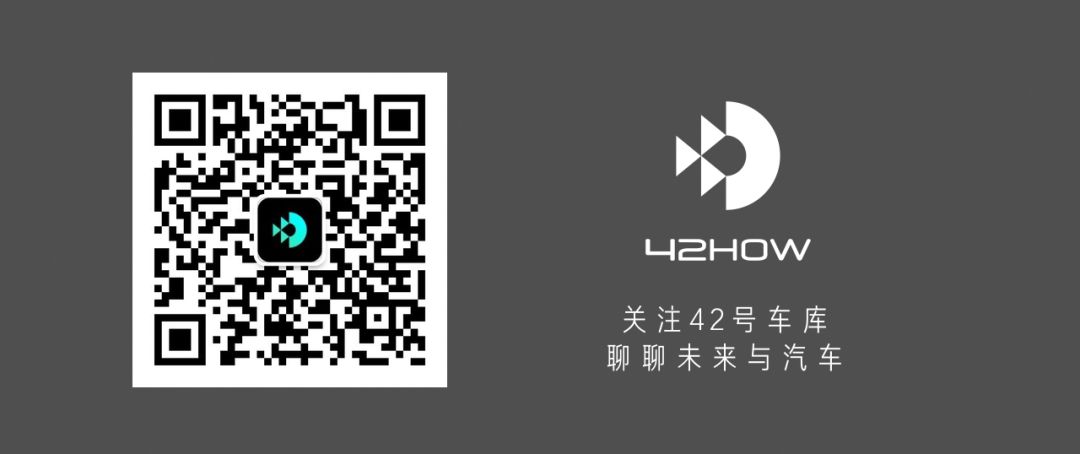Translation:
Because of a photo of Premier Li Keqiang’s visit to Toyota, the discussion about hydrogen fuel cell vehicles has been hotly debated in the industry for several days. While everyone was still digesting the central idea behind the photo, the protagonist of the discussion, Toyota, made an unexpected reaction.
On May 9th, Toyota Motor released its fiscal year 2017 financial report, with sales of about CNY 1.7164 trillion and net profit of about CNY 145.7 billion, both of which hit new historical highs. In front of the good financial data, the company seems worried.
Toyota sees the upcoming industry revolution as a “life-and-death struggle” and emphasizes that this is a profound change that only happens once every hundred years. As a crisis-aware Japanese company, Toyota states that it will continue to reduce costs and increase profits in the new fiscal year to support the company’s investment in automotive technology in the future, especially in the areas of autonomous driving, connected vehicles, electric vehicles, and battery technology.
This is the second time that Toyota has demonstrated a deep commitment to electric vehicles since the establishment of its pure electric vehicle department by Akio Toyoda at the end of 2016. It is worth noting that Toyota emphasizes automotive technology, not just electric vehicles. The importance Toyota places on technology can be seen from a wave of recruitment ads posted last year. In July and November last year, Toyota placed recruitment ads in the densely populated science and technology areas of the Nanbu Line and Tokyo residential areas in Japan, which explicitly stated “Do you work for a technology company? Then come to us.”
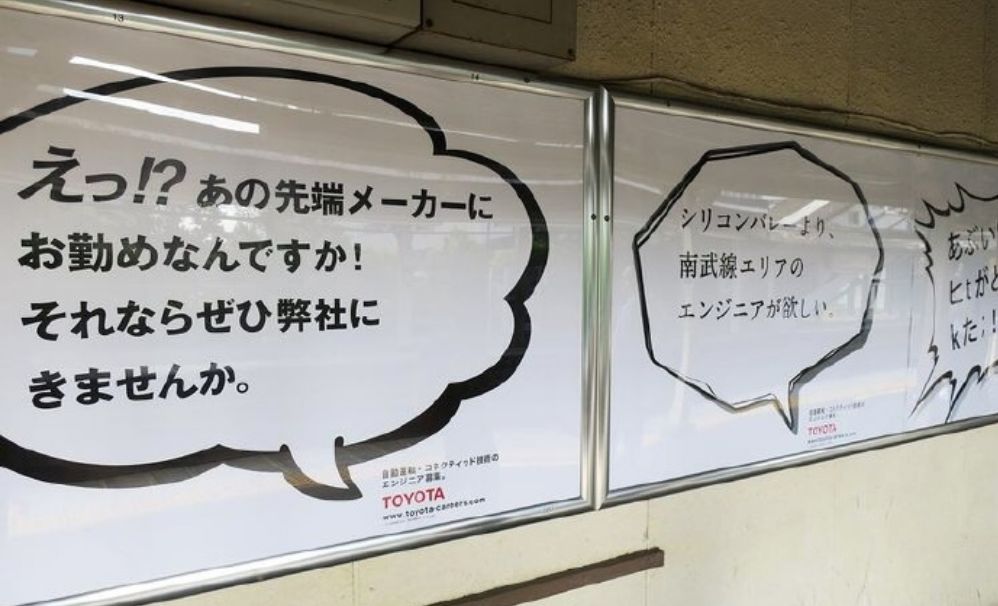
Why is this company, which has a deep reserve of technology in hydrogen fuel cell and hybrid electric vehicles, so nervous?
Who is the transitional technology?
Since the 1990s, when Toyota launched the Prius hybrid electric vehicle, hybrid technology was synonymous with environmental protection. Later, due to the increasing battery capacity and the implementation of domestic policies, pure electric vehicles developed rapidly. Many people regarded hybrid technology as a transitional technology to pure electric vehicles.
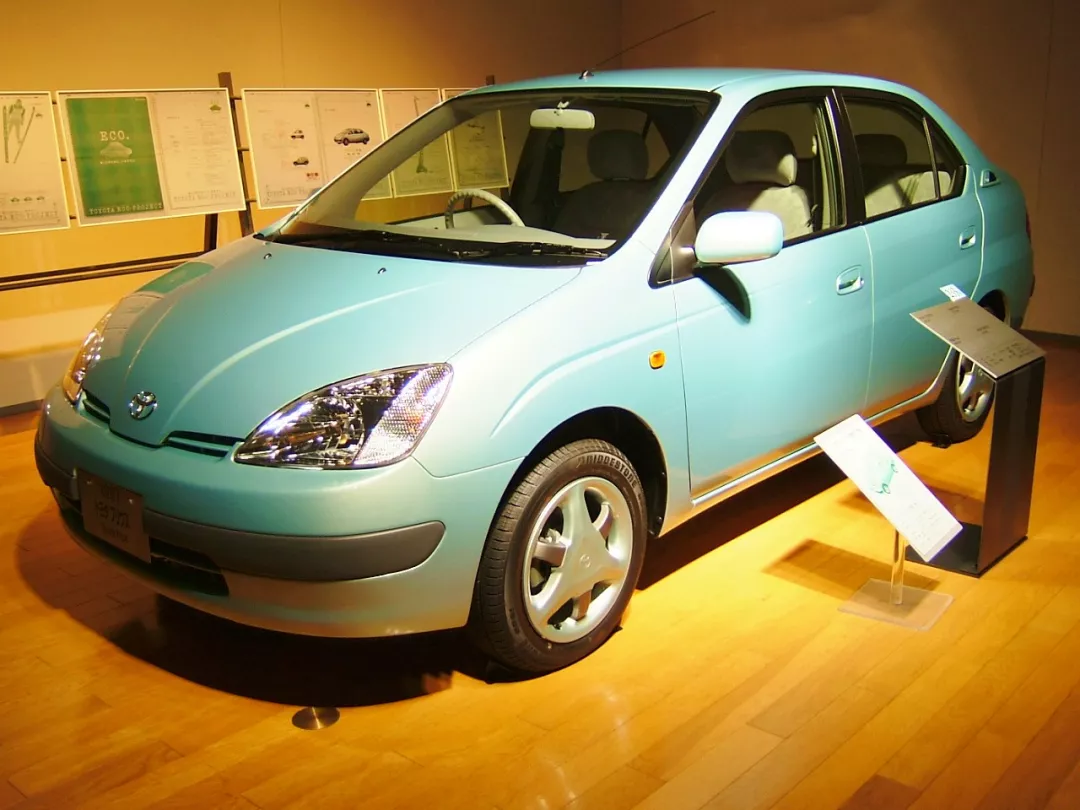
However, this is not the case. Hybrid technology is an inevitable technological progression after gasoline vehicles reach a certain stage of development, and its core improvement is the fuel economy of vehicles. Pure electric vehicles represent a thorough transformation of the automotive energy structure. Although they are simpler in terms of powertrain structure, due to limitations in battery energy density, they do not fully represent the endgame of technological development.To some extent, hybrid and pure electric vehicles are both explorations of power drive modes that fuel vehicles must go through in the development process.
It is precisely because of the three major reasons of carbon emissions, energy structure, and overtaking on bends that China has determined a subsidy policy mainly for pure electric vehicles. Through the network effect of charging infrastructure, the promotion of pure electric vehicles has entered a new stage.
In terms of technical development, there is no direct and inevitable correlation between hybrid and pure electric vehicles. Most new automotive companies do not need to develop pure electric vehicle technology through the research of hybrid power technology. However, in terms of market demand, hybrid electric vehicles reduce the threshold for consumers to accept new energy vehicles. Most consumers who purchase hybrid electric vehicles have a higher acceptance of pure electric vehicles through an improved understanding of new energy vehicles. Hybrid electric vehicles have advanced the education of the market for pure electric vehicles.
But if hybrid and pure electric vehicles only have such a correlation, even if the Chinese government vigorously promotes pure electric vehicles, it will not cause serious crisis concerns for old car companies like Toyota.
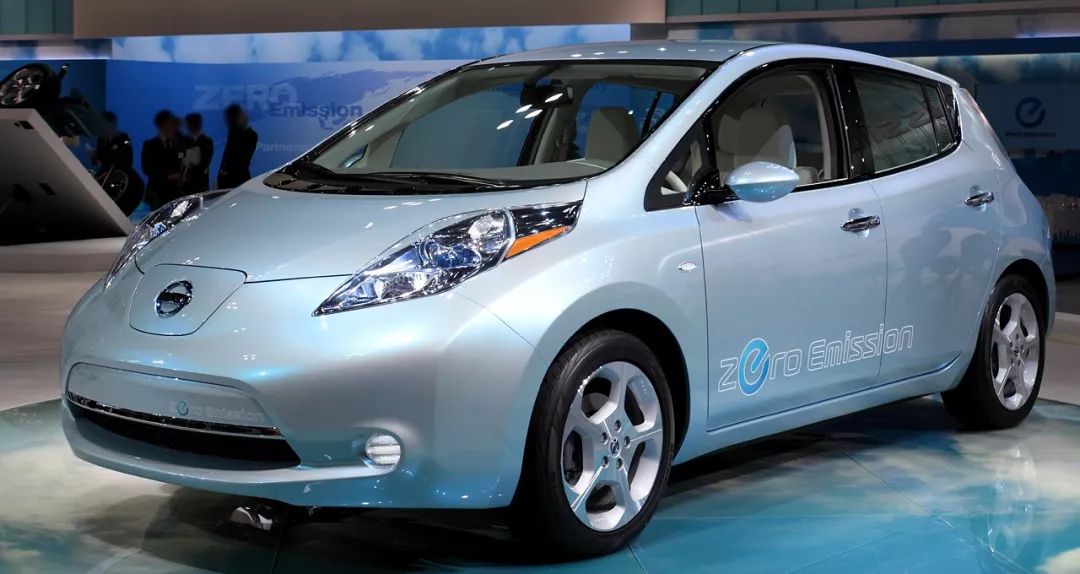
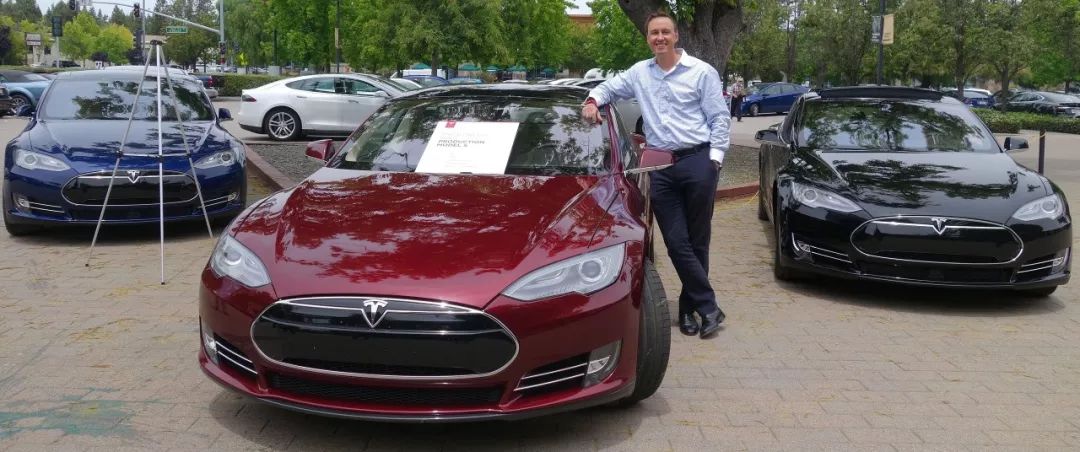
Here, I refer to the traditional electric vehicle, represented by the earliest Nissan Leaf and Renault Zoe, as the traditional electric vehicle. Electric vehicles that are familiar to the public, such as Tesla, are referred to as new electric vehicles. What truly causes crisis concerns for Toyota is new electric vehicles like Tesla.
Industrial Thinking vs. Industrial Thinking
Hybrid electric vehicles and traditional electric vehicles represent industrial thinking and have developed through incremental technological innovation under the constraints of production scale and standardization. The change in car driving mode is only a continuation of the law of traditional industrial vehicles, and it develops strictly according to the technical curve under the mutual restrictions of technology research and development, product design, and production manufacturing.
History has shown that a single technological innovation or breakthrough will not bring about rapid sales growth of electric vehicles. Electric vehicles must grow rapidly through joint technological and business innovation.# Tesla: A Typical Representative of Silicon Valley-Style Industrial Thinking
Tesla is a typical representative of Silicon Valley-style industrial thinking. It does not emphasize the gradual development of basic technology research, but tries to find the nodes of synergistic development between industries from the application scenarios of new technologies and then quickly push the application of new technologies to the market.
In the new electric vehicle, it focuses on energy (energy storage), autonomous driving, vehicle interconnectivity, sharing, and electric features. Under the influence of one variable stimulating another, one industry stimulates the change of another industry. For the first time, new technologies for electric vehicles have the opportunity to face a turning point of rapid growth. The real anxiety of traditional car companies about electric vehicles is precisely because the trend of electric vehicles coincides with the trends of autonomous driving and sharing.
In the 1990s, Toyota simultaneously launched the RAV4 pure electric model and the Prius hybrid car. After the failure of exploring pure electric vehicles, it turned to the development of hybrid models. At that time, General Motors in the United States, after launching the first electric vehicle EV1, ultimately gave up the vehicle and chose to develop range-extended hybrid cars like Volt under various external environmental pressures, such as energy. This is the limitation of technological development brought by a single environmental variable.
Therefore, it can be seen that the disruptive innovation of a new market always breaks through from industrial thinking first.
The Openness and Closure of Technology
Breaking through industrial thinking often faces all-round difficulties and challenges. That is to say, when you want to seek linkages and breakthroughs at various branches of the industry, the initial stage is often extremely difficult.
The industrial thinking is based on the concept of a moat, and adopts a defensive strategy. After the successful development of hybrid technology, Toyota applied for hundreds of patents. The benefit is that in the field of hybrid vehicles, Toyota has established sufficient advantages, such as global sales of more than 10 million Toyota hybrid vehicles. The downside is that because of the barrier and leading advantages of Toyota’s patented technology, it cannot bring about the popularization of new technologies throughout the industry. New technologies have found windows for development through national policy tilts.
Tesla, which faces extremely difficult initial stages, must adopt a route of technological openness. On June 12, 2014, Tesla CEO Musk announced in a blog post that Tesla would open up hundreds of patents in the spirit of the open source movement to promote the advancement of electric vehicle technology, causing a sensation in the industry.Technology-based open source represents the spirit of Internet sharing centered on Silicon Valley. By turning technological innovation into a commonly used tool in the industry, more people participate and promote the development of the entire industry. On the other hand, the moat concept emphasizes the monopoly interests. The former is suitable for the development of emerging industries, while the latter is more applicable to mature industries.
Looking back at the four years since Tesla opened its patents, pure electric vehicles have found their own foothold in a very difficult way.
Is the outcome already determined?
However, purely discussing the technological superiority of hybrid and electric vehicles, it is clear that hybrid vehicles have a wider range of applications. Due to the limitations of the range and charging facilities, electric vehicles are not yet convenient enough in terms of usage scenarios.
In 2013, Green Car Reports published an article comparing the usage habits of Nissan Leaf and Chevrolet Volt. The results showed that although Nissan Leaf’s pure electric range was twice that of Chevrolet Volt, in actual use, Nissan Leaf averaged 1012 kilometers of mileage per month, while Chevrolet Volt averaged 1222 kilometers of pure electric mileage per month, more than 200 kilometers ahead of Nissan Leaf. This survey fully illustrates the mileage anxiety of pure electric vehicle owners and also shows that the application scenarios of pure electric vehicles are not mature enough.
What is the bottleneck in the development of pure electric vehicles?
There are three answers currently.
One answer is that battery energy density is the biggest bottleneck for electric vehicles. As long as the range of electric vehicles continues to increase, people will no longer feel anxious about electric range. The domestic policy adjusted the subsidy threshold for range, and mainstream products in the market have increased from an average range of two to three hundred kilometers to three to four hundred kilometers. However, as the energy density of ternary lithium batteries gradually reaches its limit, the range of electric vehicles will soon enter a development plateau.
The second answer is to apply fast charging technology. As long as the charging speed of electric vehicles approaches the refueling speed, car owners do not have to worry about the insufficient single trip range. IONITY is a typical representative of this approach. BMW, Daimler, Volkswagen, Audi, and Porsche have all joined this alliance and plan to build 400 350-kilowatt high-speed charging stations in Europe.
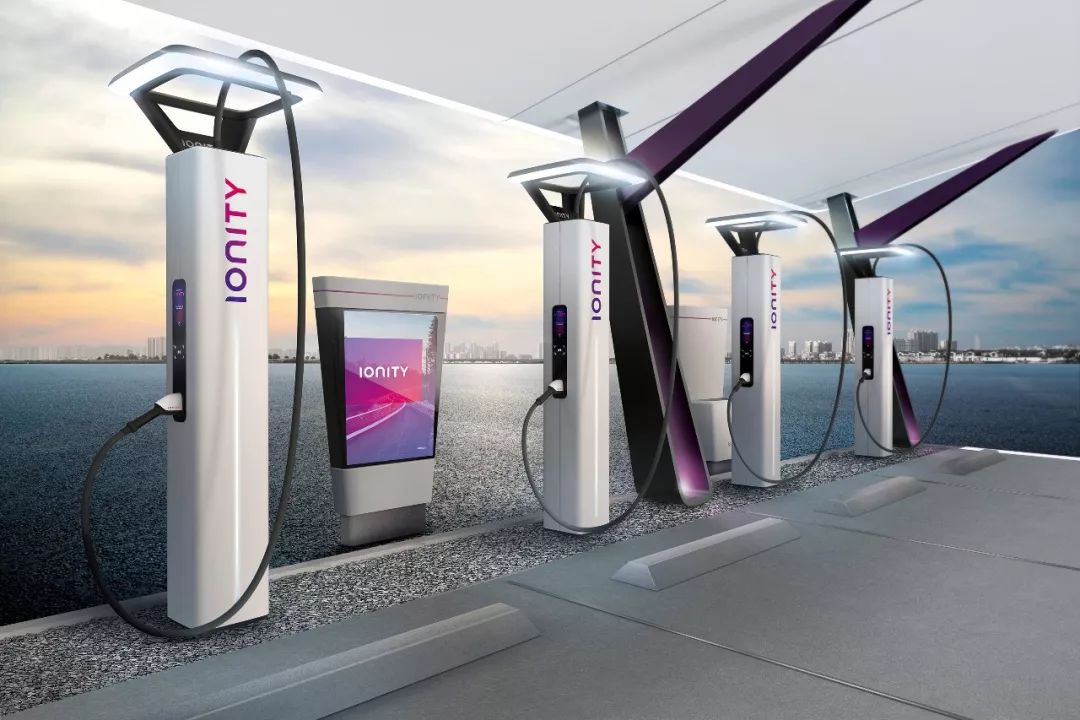
The third answer is to build enough charging stations. As long as there are enough charging stations, electric vehicles can be charged anytime and anywhere when parking, and using electric vehicles for travel will not become an obstacle. It is worth noting that the daily usage rate of a car is extremely low, and most of its working state is in a parking state. Of course, the current problem is not that there are not enough charging stations, but that the matching between charging stations and vehicle usage is not efficient enough.Back to the beginning of the article, the application of fuel cell technology has caused a lot of discussion, which represents the industry’s concerns and anxiety about pure electric vehicle technology. Of course, for the new energy industry, hydrogen fuel cell vehicles are still in the early stage of technological germination, and infrastructure has not yet begun to be established, and they are not mature enough for private vehicle applications.
More discussions have turned to hybrid and pure electric vehicles. The impression that technology brings to people is actually determined by the impression of products. Regardless of the driving experience, the core promotional point of hybrid vehicles is fuel economy, while the core promotional point of pure electric vehicles is technology. No wonder in the eyes of technology enthusiasts, hybrid vehicles represent transitional technology and are not sexy and attractive enough.
What if hybrid technology and technology quickly combine? It depends on whether these manufacturers who have hybrid technology can understand automobile technology faster. Whoever can understand the next generation of consumers and quickly grasp new business models will become the winner.
The outcome hasn’t been decided yet.


This article is a translation by ChatGPT of a Chinese report from 42HOW. If you have any questions about it, please email bd@42how.com.

